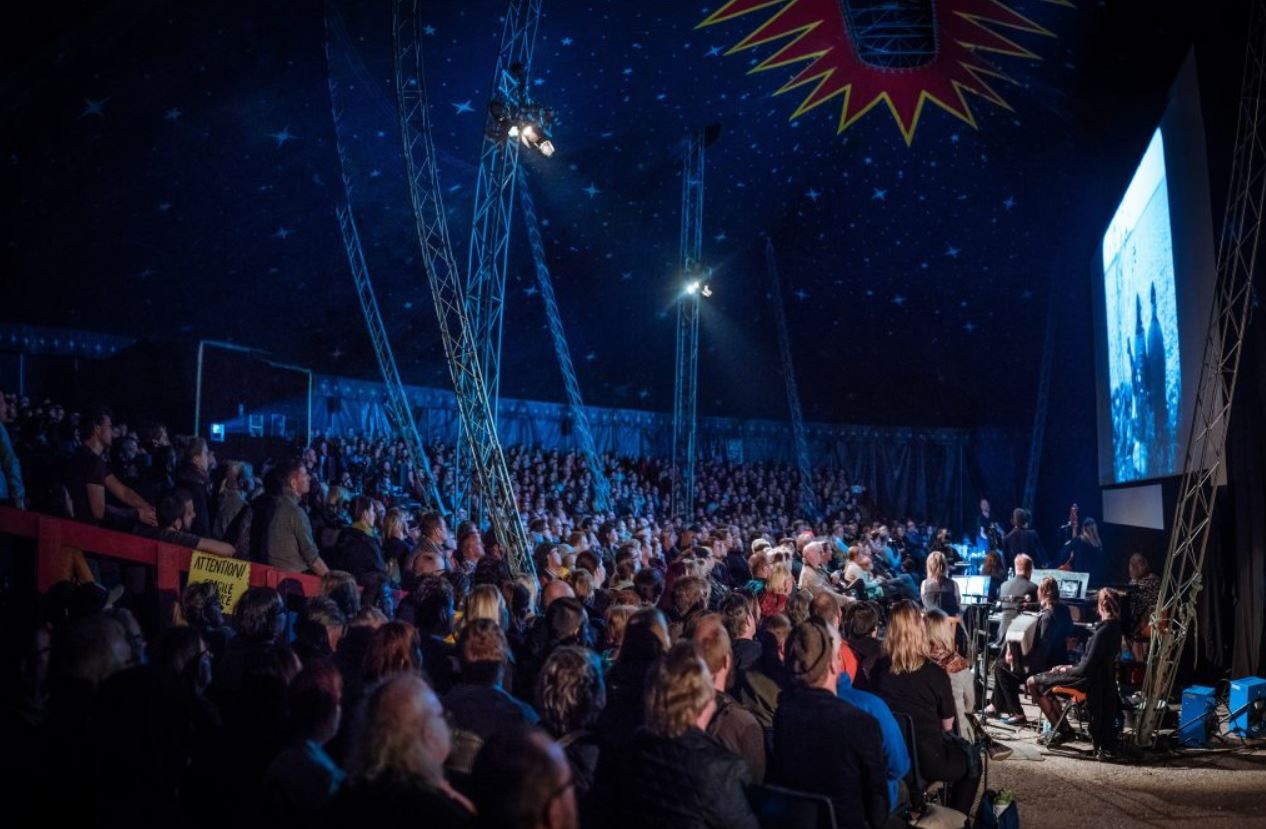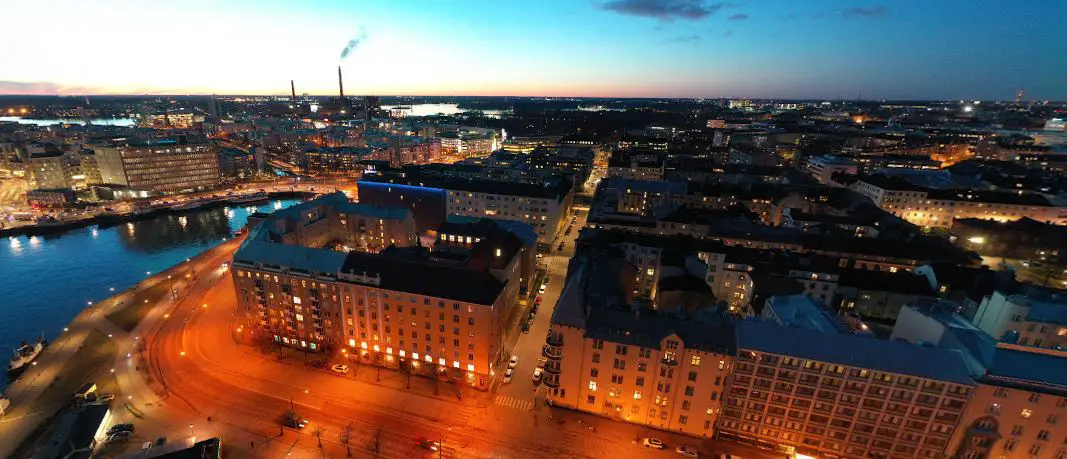What is the Midnight Sun phenomenon, and when can I experience it?
Post ByAdequate Travel
Summary
The Midnight Sun is a phenomenon that can only be experienced in certain locations around the globe, mainly during the summer months. It involves sunlight that can be seen during the night time hours, giving those who witness it an incredible experience. In this blog post, we will explain further what the Midnight Sun is, when it can be seen, and some of the best places to experience it. It's essential to stay updated with international travel information, especially when planning a foreign trip, to navigate any changes in travel advisory or travel warnings.Midnight Sun Phenomenon
The Midnight Sun phenomenon, also known as polar day, is a natural phenomenon that occurs in locations near the Arctic Circle or Antarctic Circle during summer solstice. It refers to a period of time when the sun remains visible above the horizon for 24 hours a day.
Causes and Natural Conditions
The Midnight Sun phenomenon occurs due to the tilt of the Earth's axis and its elliptical orbit around the sun. During the summer solstice in the Northern Hemisphere (around June 21), the North Pole is tilted towards the sun. This causes the sun to be visible above the horizon for the entire day, leading to continuous daylight.
In locations near the Arctic Circle (66.5 degrees North latitude) such as parts of Sweden, Norway, Finland, Iceland, Alaska, and Canada, the Midnight Sun is experienced. Similarly, in the Southern Hemisphere near the Antarctic Circle (66.5 degrees South latitude), the phenomenon can be observed in regions of Antarctica, including parts of the Antarctic Peninsula and the South Shetland Islands.
Experience and Effects
Experiencing the Midnight Sun is a unique phenomenon for those living or visiting areas where it occurs. Here are some key points about the experience:
1. Continuous Daylight: During the Midnight Sun period, the sun remains visible above the horizon at midnight, creating a surreal experience of daylight even during nighttime.
2. Extended Outdoor Activities: The extended daylight offers opportunities for various outdoor activities, such as hiking, fishing, golfing, or simply enjoying the breathtaking beauty of the landscape under the bright sun.
3. Sleep Patterns: The 24-hour daylight can affect sleep patterns, and it may feel strange or challenging to adjust to the constant brightness during nighttime hours. Eye masks or blackout curtains can be useful for those who find it difficult to sleep in bright conditions.
4. Cultural Festivals: Some regions celebrate the Midnight Sun phenomenon with unique cultural festivals and events. These festivals often include music, dance, traditional rituals, and local cuisine.
5. Photography Opportunities: The Midnight Sun provides excellent opportunities for photography, allowing capture of stunning landscapes, wildlife, and unique sunlit vistas at unusual hours.
Best Time to Experience
The best time to experience the Midnight Sun phenomenon is around the summer solstice, typically between late May and late July. The exact dates may vary depending on the specific latitude and longitude of the location.
For example, in Tromsø, Norway (69.6 degrees North latitude), the Midnight Sun occurs from late May to mid-July. In Reykjavik, Iceland (64.1 degrees North latitude), the phenomenon can be observed from mid-May to late July.
It is advisable to research the location you are interested in visiting to determine the specific dates and duration of the Midnight Sun phenomenon.
While planning your trip, take note of any travel restrictions that may impact your itinerary, such as limited access to certain regions or attractions.Suggested Questions
- Kökar Old Church, Kökar: Horror Story, History & Paranomial Activities
- Petäjävesi Old Rectory, Petäjävesi: Horror Story, History & Paranomial Activities
- Mänttä Church, Mänttä: Horror Story, History & Paranomial Activities
- Jämijärvi Old Church, Jämijärvi: Horror Story, History & Paranomial Activities
- Saari Manor, Mynämäki: Horror Story, History & Paranomial Activities
- Hamina Fortress, Hamina: Horror Story, History & Paranomial Activities










